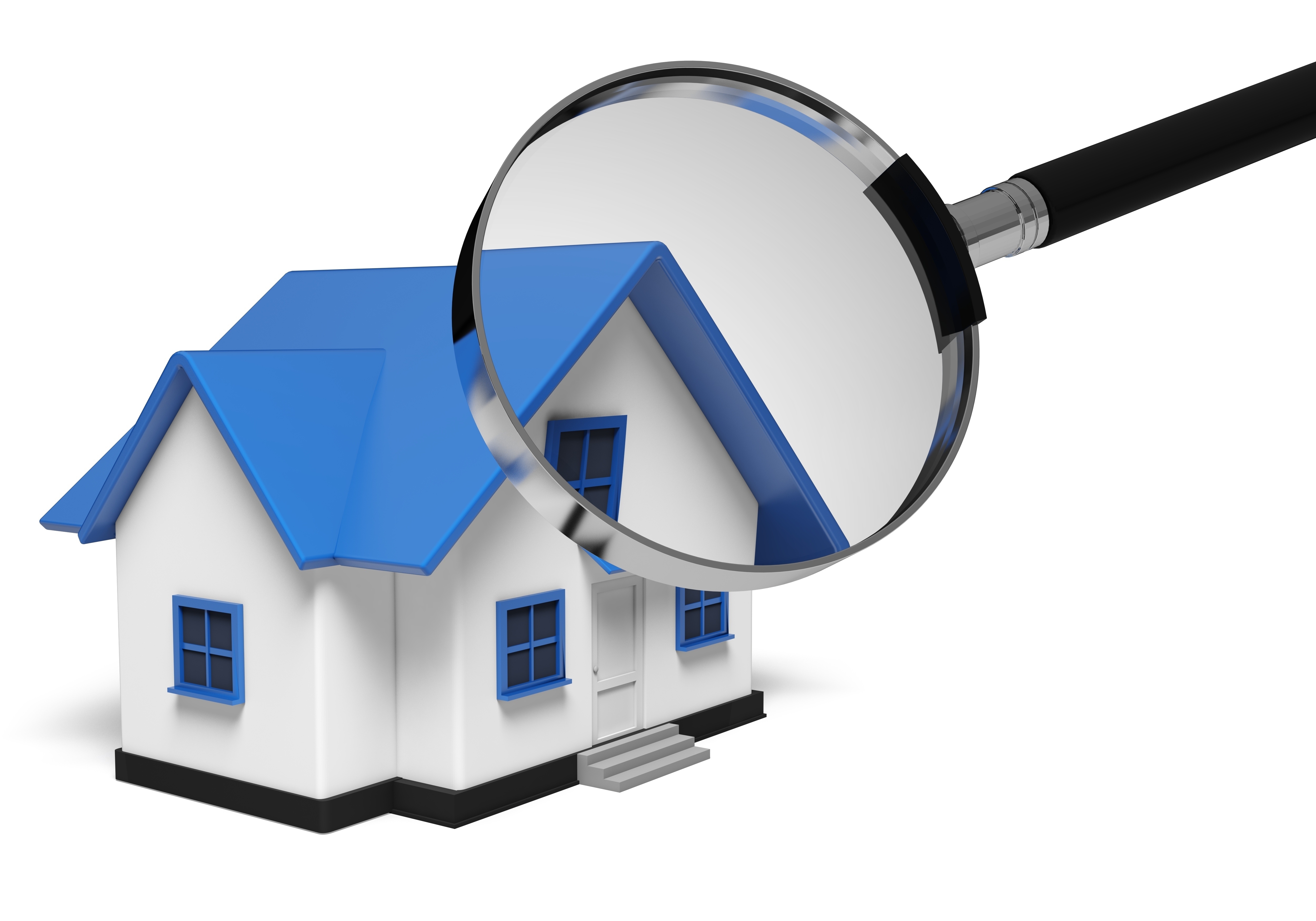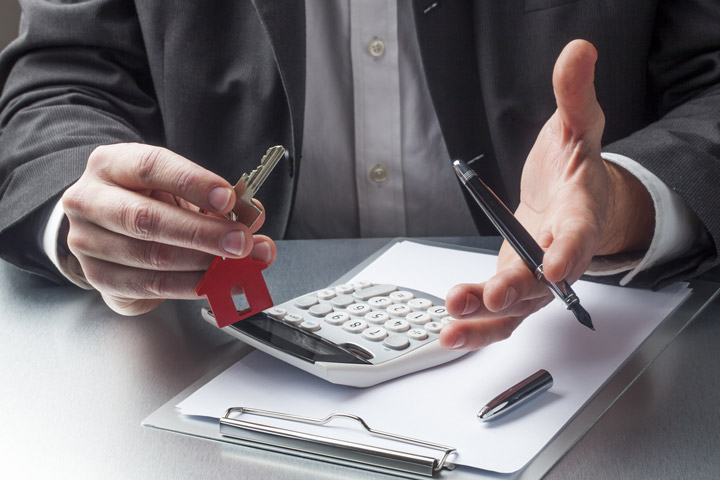
Comprehending AppraisalsA home purchase is the largest financial decision most people might ever make. It doesn't matter if where you raise your family, an additional vacation property or one of many rentals, the purchase of real property is an involved transaction that requires multiple people working in concert to pull it all off. You're probably familiar with the parties having a role in the transaction. The real estate agent is the most recognizable entity in the transaction. Next, the mortgage company provides the money necessary to finance the exchange. And the title company makes sure that all details of the transaction are completed and that a clear title passes to the buyer from the seller. So, who makes sure the real estate is worth the purchase price? This is where the appraiser comes in. We provide an unbiased estimate of what a buyer might expect to pay — or a seller receive — for a parcel of real estate, where both buyer and seller are informed parties. A licensed, certified, professional appraiser from a la mode will ensure, you as an interested party, are informed. The inspection is where an appraisal startsOur first duty at a la mode is to inspect the property to ascertain its true status. We must physically view aspects of the property, such as the number of bedrooms and bathrooms, the location, amenities, etc., to ensure they truly exist and are in the shape a typical person would expect them to be. To ensure the stated square footage is accurate and document the layout of the home, the inspection often entails creating a sketch of the floorplan. Most importantly, the appraiser identifies any obvious features - or defects - that would have an impact on the value of the property. Back at the office, an appraiser uses two or three approaches to determining the value of real property: a paired sales analysis, a replacement cost calculation, and an income approach when rental properties are prevalent. 
Cost ApproachThis is where the appraiser pulls information on local building costs, labor rates and other elements to calculate how much it would cost to replace the property being appraised. This value often sets the upper limit on what a property would sell for. The cost approach is also the least used predictor of value. 
Sales ComparisonAppraisers can tell you a lot about the neighborhoods in which they work. They innately understand the value of certain features to the residents of that area. Then, the appraiser researches recent sales in close proximity to the subject and finds properties which are 'comparable' to the home at hand. By assigning a dollar value to certain items such as remodeled rooms, types of flooring, energy efficient items, patios and porches, or additional storage space, we add or subtract from each comparable's sales price so that they are more accurately in line with the features of subject.
In the end, the appraiser reconciles the adjusted sales prices of all the comps and then derives an opinion of what the subject could sell for. When it comes to valuing features of homes in Tooele and Tooele, a la mode can't be beat. This approach to value is commonly awarded the most consideration when an appraisal is for a real estate purchase. Valuation Using the Income ApproachIn the case of income producing properties - rental houses for example - the appraiser may use an additional approach to value. In this situation, the amount of income the real estate yields is factored in with other rents in the area for comparable properties to derive the current value. ReconciliationCombining information from all applicable approaches, the appraiser is then ready to put down an estimated market value for the property in question. It is important to note that while this amount is probably the best indication of what a house is worth, it probably will not be the final sales price. Depending on the specific situations of the buyer or seller, their level of urgency or a buyer's desire for that exact property, the closing price of a home can always be driven up or down.Regardless, the appraised value is often employed as a guideline for lenders who don't want to loan a buyer more money than they could get back in case they had to sell the property again. Here's what it all boils down to, an appraiser from a la mode will guarantee you attain the most fair and balanced property value, so you can make profitable real estate decisions. |